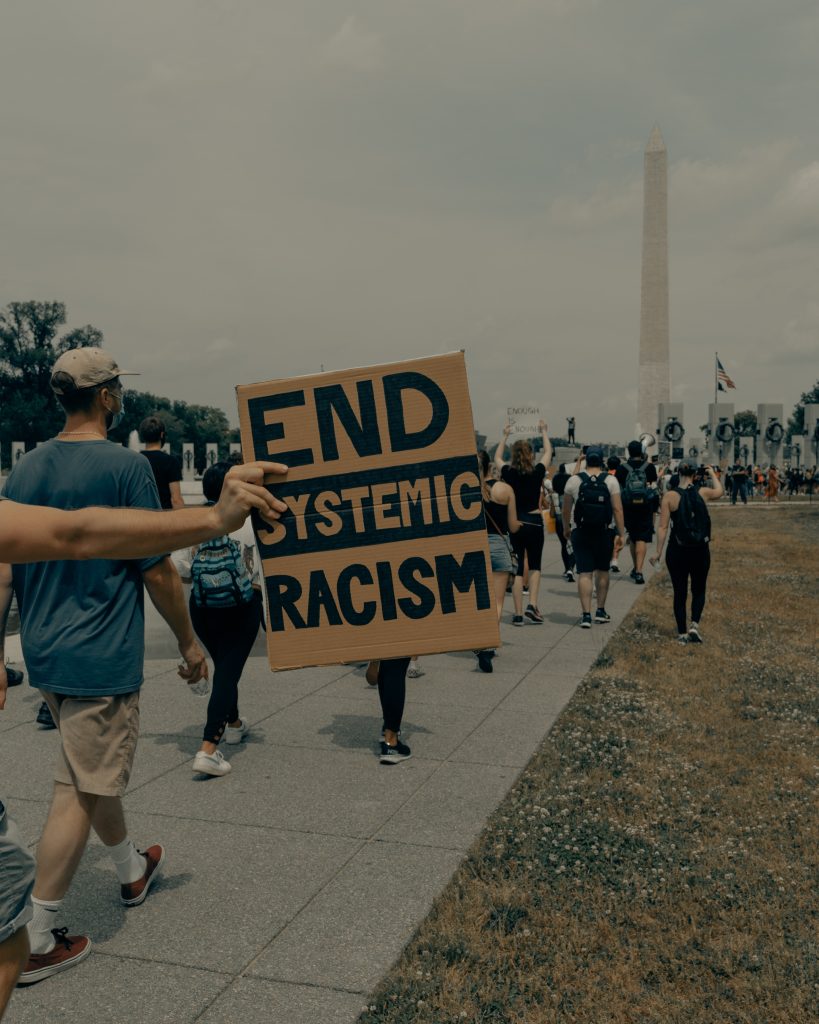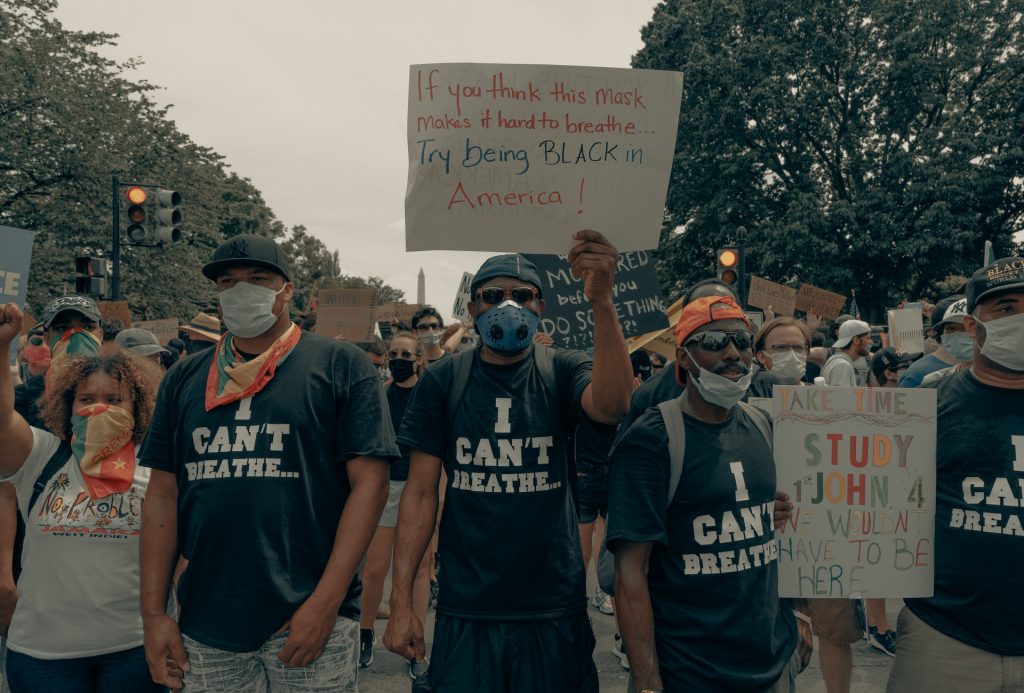Lent 2023, Day 36: Weathering the toll.
A heartbreaking, but necessary article for today, the 55th anniversary of the assassination of Dr. Martin Luther King, Jr. Doctor Arline T. Geronimus writes at Time:
The pathologists who performed Dr. Martin Luther King Jr.’s autopsy noted he had the heart of a 60 year old, although he was 39 when he died. His damaged heart was duly noted in the official record as a curiosity, but there was no question as to the cause of death: homicide; indeed, assassination. A racist hate crime.
But if we were to try to understand the poor condition of his heart, we might be flummoxed. Our general repertoire for understanding the early onset of heart disease points us to demographic and behavioral risk factors like poverty, low education, family breakdown, unhealthy diet, and little exercise. King certainly looked physically fit, capable of leading miles-long civil rights marches. He was well-educated, not impoverished. He grew up in an “intact” household and had a strong father figure. His faith was unswerving, as was his sense of purpose. He had a loving wife and family.
We might ask, did he partake of a particularly unhealthy diet? Did he have a genetic predisposition, a family history of heart disease? We can neither rule out nor rule in such possibilities for King. Yet, the more likely explanation, according to data on the prevailing causes of heart conditions, is that chronic stress or exhaustion took a toll on his heart. But what does that really mean? Would his heart have been healthy if he had managed his stress with meditation? (We don’t know that he didn’t.) Or if he reduced his travel and public engagements to get more rest? Perhaps marginally. But those strategies alone would not have addressed the source of his most severe and chronic stressors—the fact that he lived continuously on alert to threats, maintaining his composure, nonetheless, and in survival mode. This chronic vigilance and adaptation takes a huge health toll on the human biological canvas—a condition known as “weathering.”

After almost 40 years of research in public health and a lifetime of wrestling with questions of racial and class injustice, I have concluded that a process I call “weathering” is critical to understanding why someone like King, whom we’d consider young and healthy by all conventional measures, would have the damaged heart of someone in late middle age. Weathering afflicts human bodies—all the way down to the cellular level—as they grow, develop, and age in a systemically and historically racist, classist, stigmatizing, or xenophobic society. Weathering damages the cardiovascular, neuroendocrine, immune, and metabolic body systems in ways that leave people vulnerable to dying far too young, whether from infectious diseases like COVID-19, or the early onset and pernicious progression of chronic diseases like hypertension. Because of the physiological impacts of unrelenting exposure to stressors in one’s physical and social environment, as well as the high physiological effort that coping with chronic stressors entails, weathering means that relatively young people in oppressed groups can be biologically old.

Take Erica Garner. She became a tireless advocate for racial justice after her father, Eric Garner, was murdered by a New York City in 2014 police officer who placed him in an illegal chokehold for the crime of selling untaxed cigarettes. Her father’s dying words, “I can’t breathe,” became a rallying cry for the Black Lives Matter movement. Afterward, though she was initially apprehensive, Garner became a major force in the movement for police accountability. She died at age 27 in 2017, only three and a half years after the death of her father, and four months after the birth of her second child. Her own difficulty breathing, due to asthma, precipitated a major heart attack that killed her. According to her doctors, the pregnancy had stressed Garner’s already enlarged heart, so her death was classified as a maternal death. But why did she have an enlarged heart at her young age?
In the weeks before her death, Garner described the stress, exhaustion, and frustration she suffered as a spokeswoman for the Black Lives Matter movement. “I’m struggling right now with the stress and everything,” she said. “This thing, it beats you down. The system beats you down to where you can’t win.” Or as her sister, Emerald Snipes Garner, described it a week after Garner’s death, “It was like a Jenga”; they were “taking out pieces, taking out pieces, ripping her apart.”
Weathering is a life-or-death game of Jenga. The Jenga tower appears strong and upright as the first pieces are removed, one by one. To all appearances, it continues to stand strong as pieces keep being taken away until the removal of one last fateful block exposes the many weaknesses of its interior, and the tower collapses. In spring 2020, COVID-19 turned out to be that last fateful block for tens of thousands of people of color. Every day, towers collapsed, as they continue to do, before our eyes.
“The only thing I can say is that she was a warrior,” Garner’s mother, Esaw Snipes, said after she died. “She fought the good fight. This is just the first fight in 27 years she lost.” After she had spent 27 years of battling headwinds, fighting the same system that had killed her father for selling a few cigarettes, those headwinds took their toll and killed her too. She was weathered to death.
Read the rest here.

- Tips to reduce the toxic stress load that is taking decades off of people’s lives.
- Read Dr. Geronimus’ book: Weathering: The Extraordinary Stress of Ordinary Life in an Unjust Society
- Check out the Black Women’s Health Initiative, Therapy for Black Men, Coping Mechanisms for Black Men, Racial Stress and Self-Care for Black Families, and How Adults Can Support the Mental Health of Black Children
